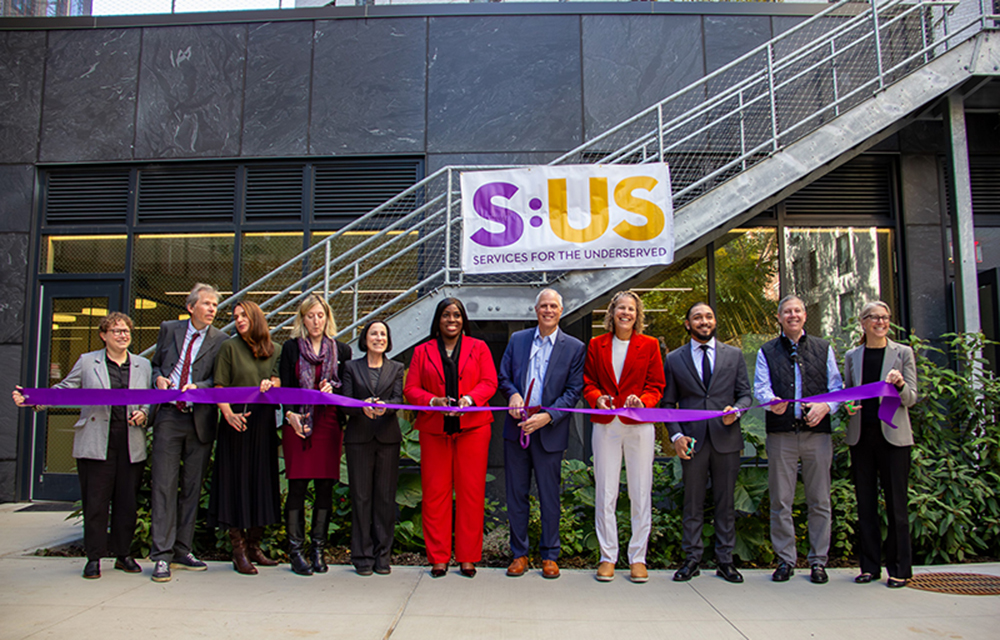News:
Construction Design & Engineering
Posted: May 9, 2011
Bruce Hoernecke - Reclaim real estate with cloud computing: Helping put high-value office space to more productive use
This April, Cushman & Wakefield reported increases in commercial leasing activity and office rental rates for the first quarter of 20111. Their statistics indicated that lease rates increased to an average of $54.73 per s/f. With expectations of a continued surge in activity, now is a good time for business owners to consider new ways to help maximize use of their real estate footprint. Thanks to cloud computing, businesses now have the option to reclaim valuable office space while maintaining secure, highly available access to their technology and business applications.
What is Cloud Computing?
In general, the term "Cloud Computing" refers to technology applications that can be hosted in a remote data center and delivered to the end user on demand (as-a-Service) over an Internet connection. If you were to search the web for Cloud Computing options, you'd find up to 11 variables of the "as-a-Service" moniker, including "Software-as-a-Service," "Storage-as-a-service," and "Platform-as-a-Service." Oftentimes, companies need to procure agreements with different vendors for different cloud services (more on this later).
In "The Cloud," organizations can utilize a vendor's powerful resources for some or all of their technology requirements. Applications such as email, office productivity suites, CRM, data storage, telephony, and video conferencing can be made available on a scalable, pay-per-user basis for office-based or mobile end users. Monthly billing rates vary based on number of users, features, and file storage size. Besides the productivity benefits, companies that take their technology to the Cloud can save considerably on initial hardware investments and the electrical service costs related to power and cooling for their own data center.
Take Back Productive Space
Dedicating the proper square footage for a data center is critical for optimal technology performance. Data racks or cabinets have to be measured out for clearance on all sides to allow for proper air flow, door swing, and access for technicians to service hardware. The structural integrity of the floor below needs to be evaluated to make sure the building can handle the weight of the cabinets, equipment, and backup battery banks. Building walls to surround the data center is recommended to help maintain proper climate and security.
Using current voice, data and video technologies, the technology requirements of a typical one hundred person office could dictate the need for a data center measuring out to 150 s/f or more. This figure is based on a room containing a single row of three data cabinets measuring out to 24" wide x 42" deep with proper clearance on all sides.
Moving applications to the Cloud lessens the technology hardware requirement significantly. Our 150 s/f data center could be reduced to one data rack or cabinet with a router, switch, and cable patch panel. In this case, a company could reclaim the majority of this valuable real estate for more productive purposes, such as meeting or cubicle space. Most business owners can readily answer the question "would you rather pay $55 per s/f for IT hardware or for a couple of new cubicles?"
How to Choose a
Cloud Service Provider
Choosing cloud services for a business can be an ordeal. There are hundreds of providers that specialize in different services, and a business could end up managing several vendors with several billing cycles. When a Cloud agreement is finalized, the customer can be tasked with migrating their company's data to the provider's Network Operations Centers (NOC). Coordinating the start up of several vendor service offerings and the upload of data and applications is a delicate operation, for which some providers do not offer support.
To help customers bypass these potential difficulties, some IT firms have added "Cloud Integration Services" to their repertoires. These "Cloud Integrators" can conduct a full needs assessment, a migration project plan, and provide the services for a successful turn on in the Cloud. Rather than reselling services, some Cloud integrators have their own NOC spaces, from which they can provide all of the needed services and - for the customer's peace of mind - a single point of contact for support and billing.
As more companies venture into the Cloud, proper coordination with the right integrator can help to put high-value office space to more productive use while preserving secure and highly available access to corporate applications and data.
1Manhattan Commercial Property Market Off To Strong Start In 2011, 5 April, 2011, Cushman & Wakefield.
Bruce Hoernecke is president and CEO of BBH Solutions, New York, N.Y.
MORE FROM Construction Design & Engineering
Troutbrook expands with boutique condo project and Marriott Fairfield Inn & Suites renovation
Brooklyn, NY For more than 25 years, Troutbrook/Freud Development has remained focused on executing design-driven projects across the city. Its latest ventures reflect both a continued push into boutique residential development and an expansion








.gif)
.jpg)
.gif)
.gif)